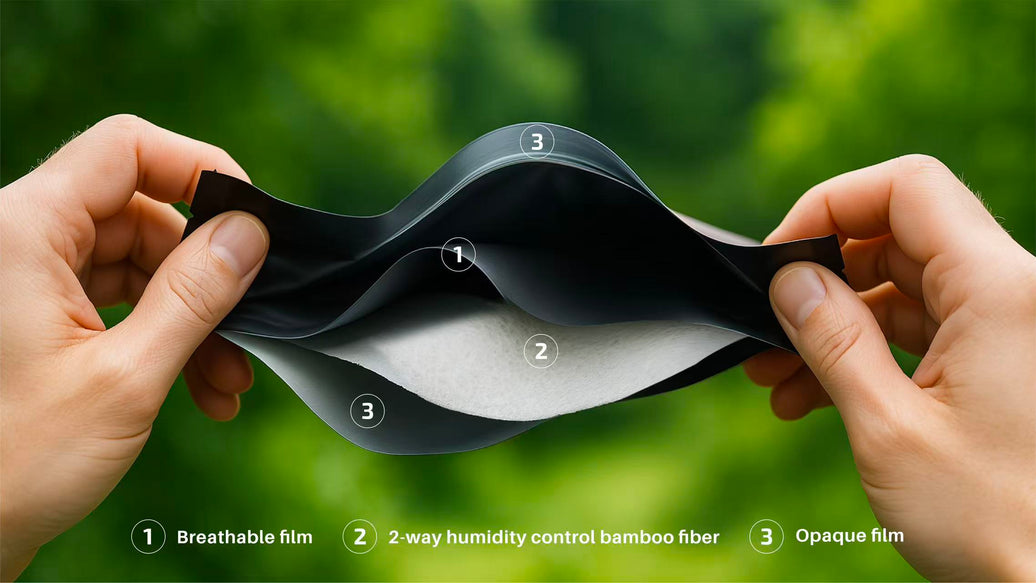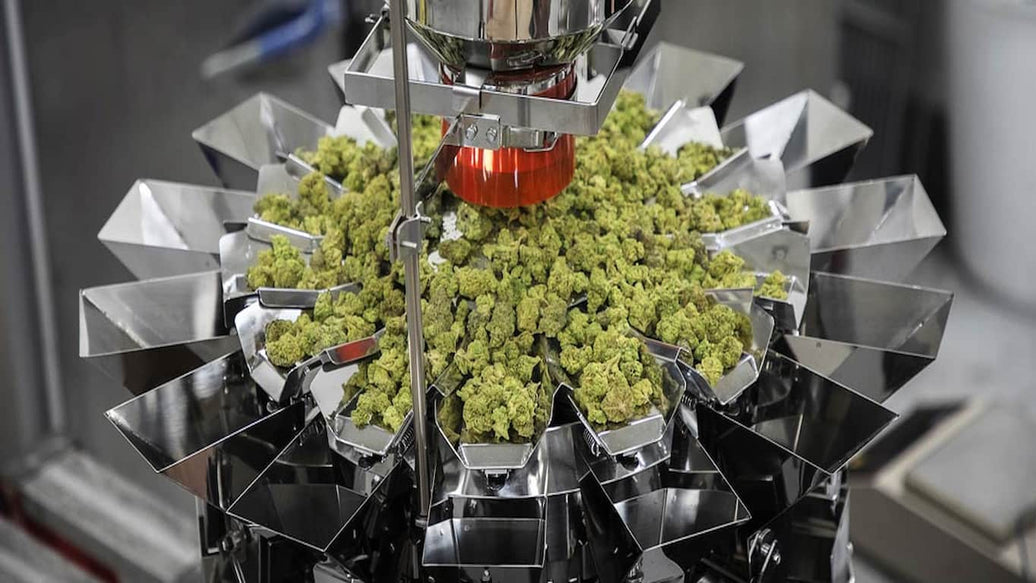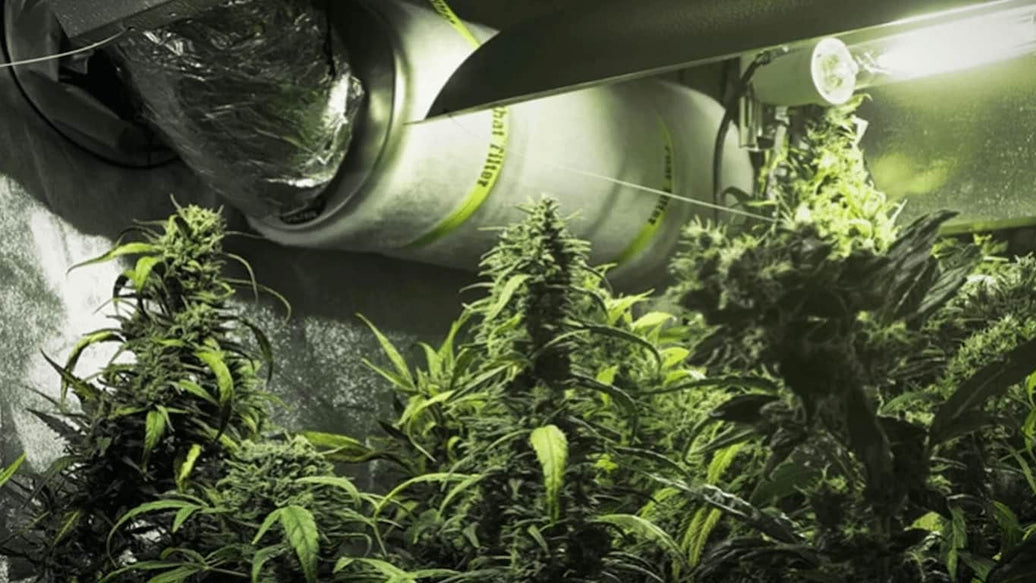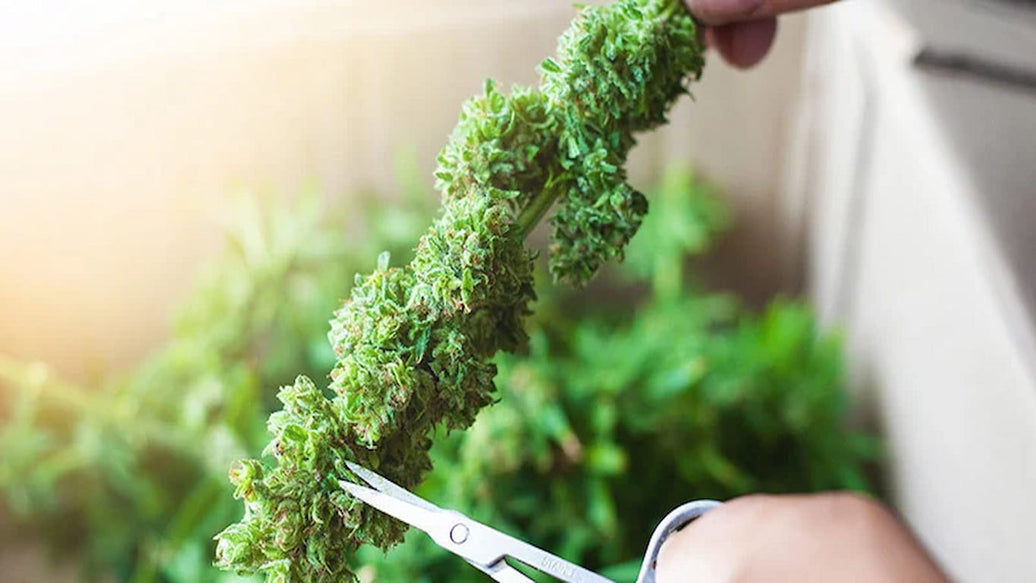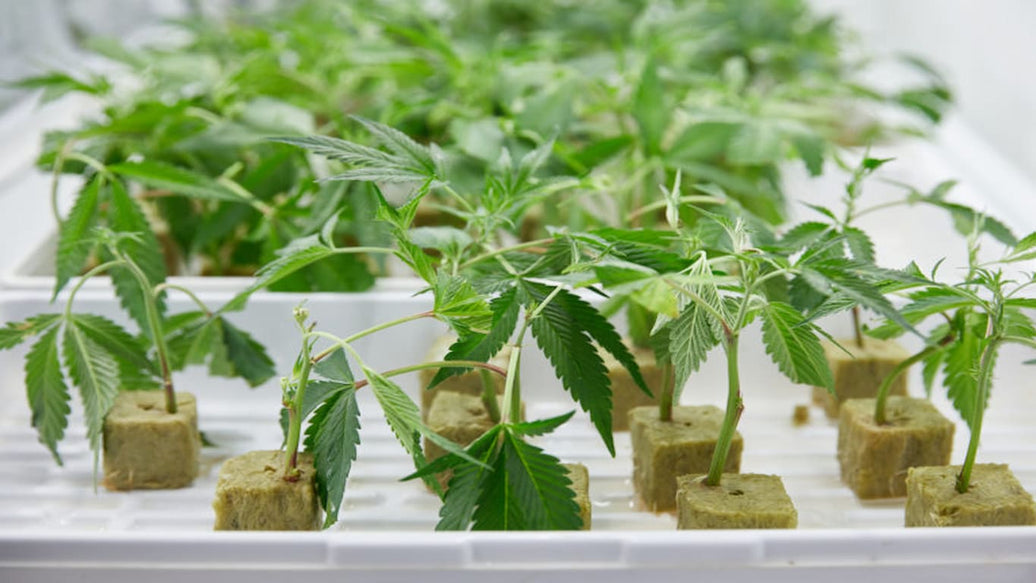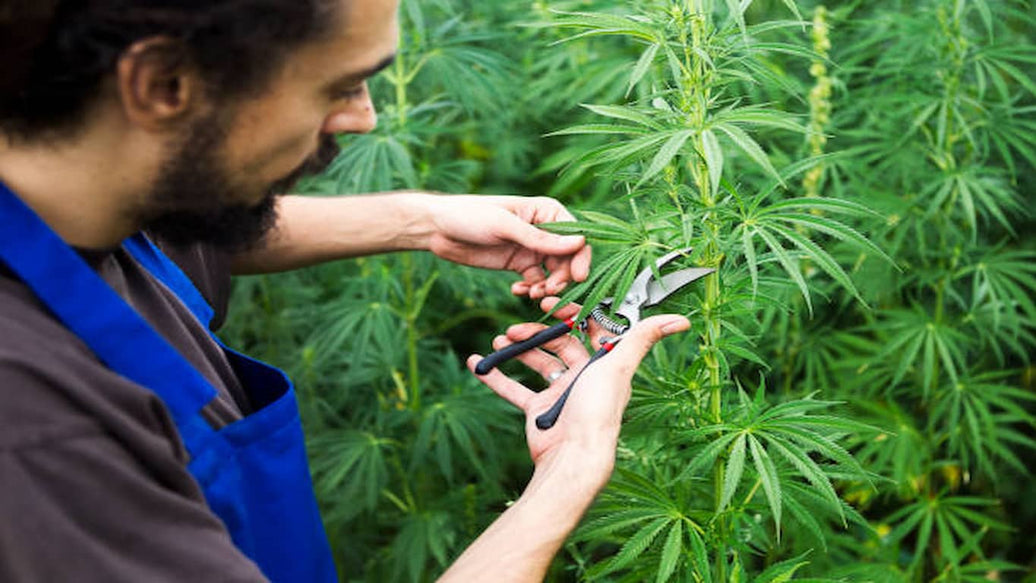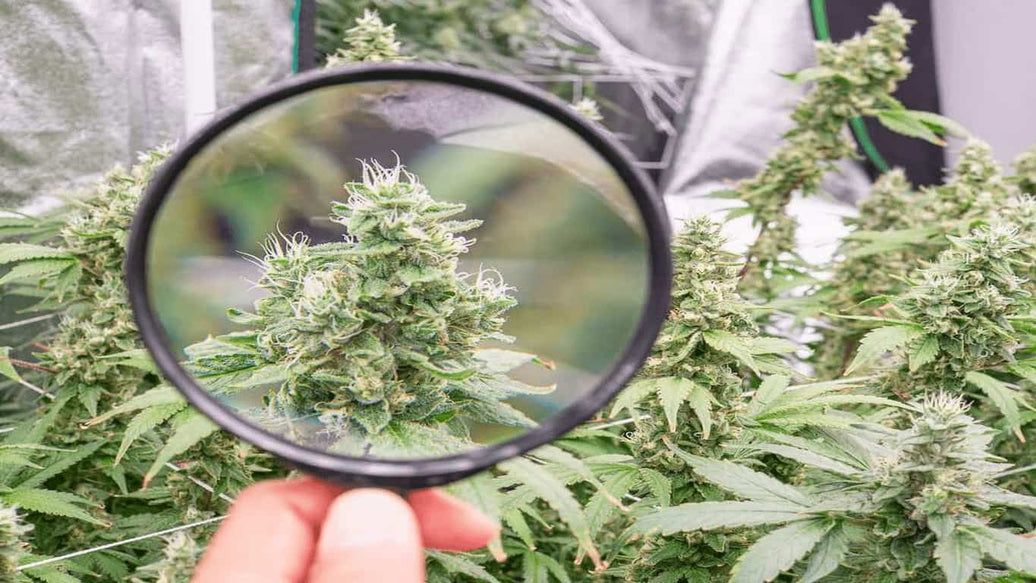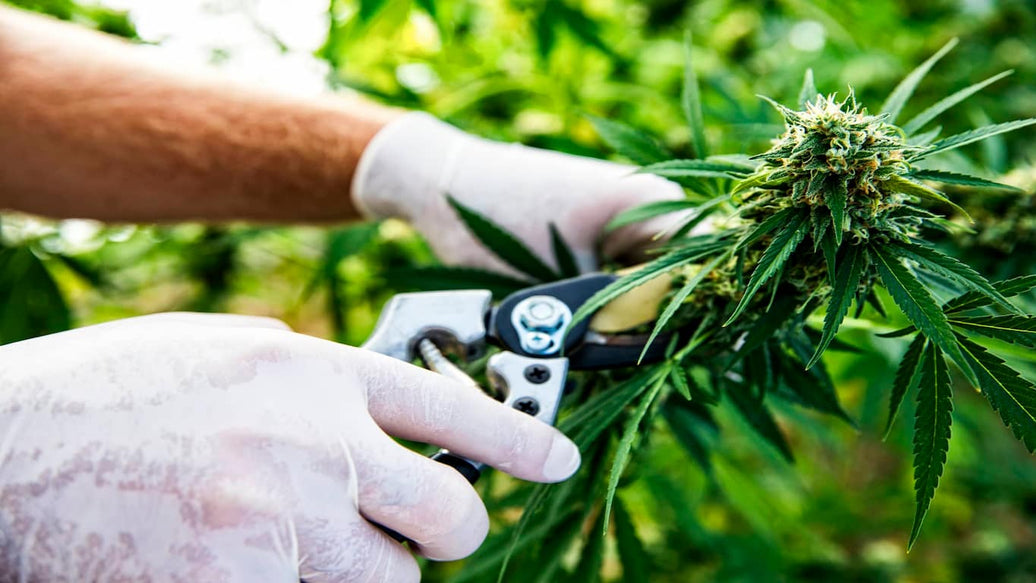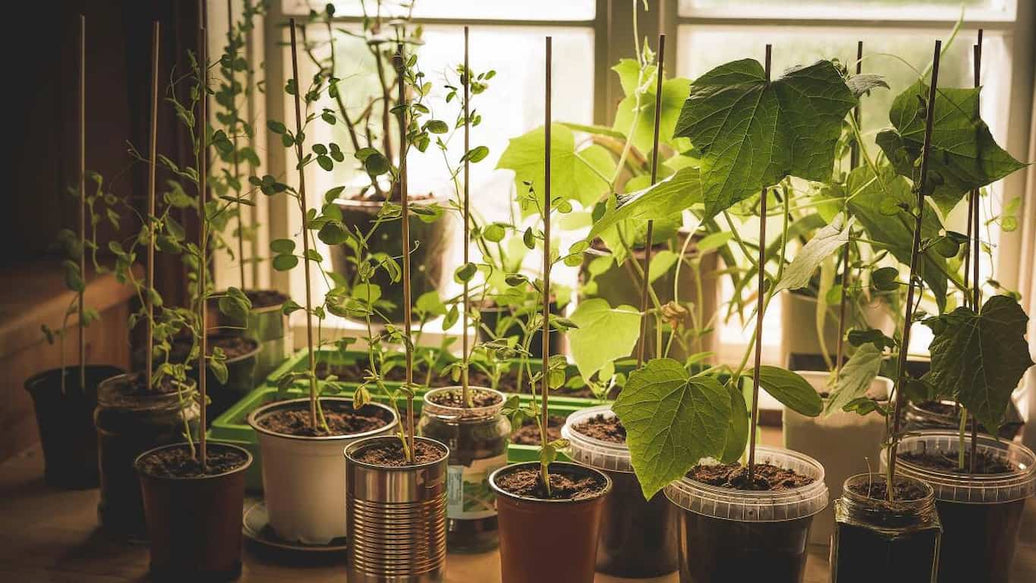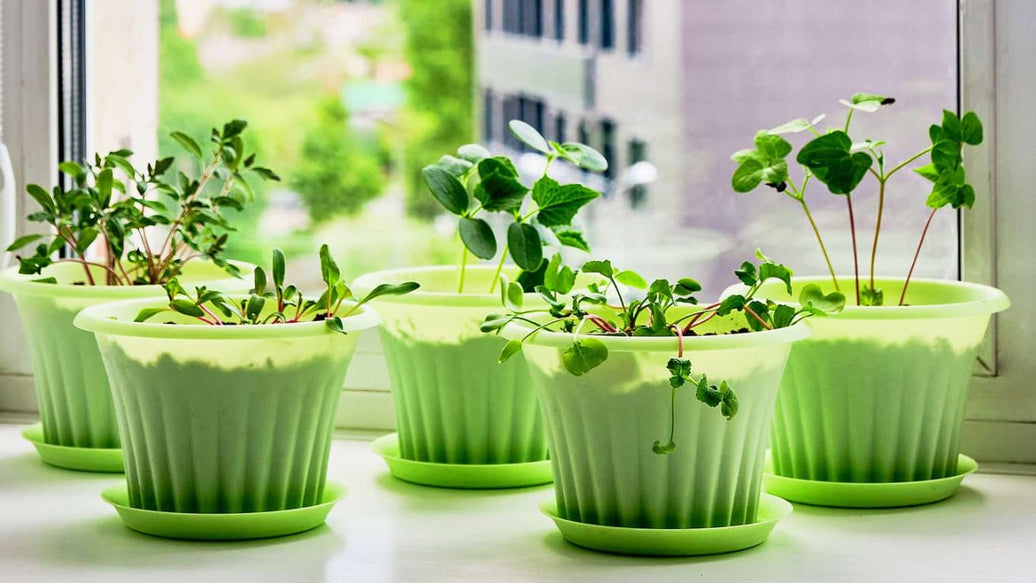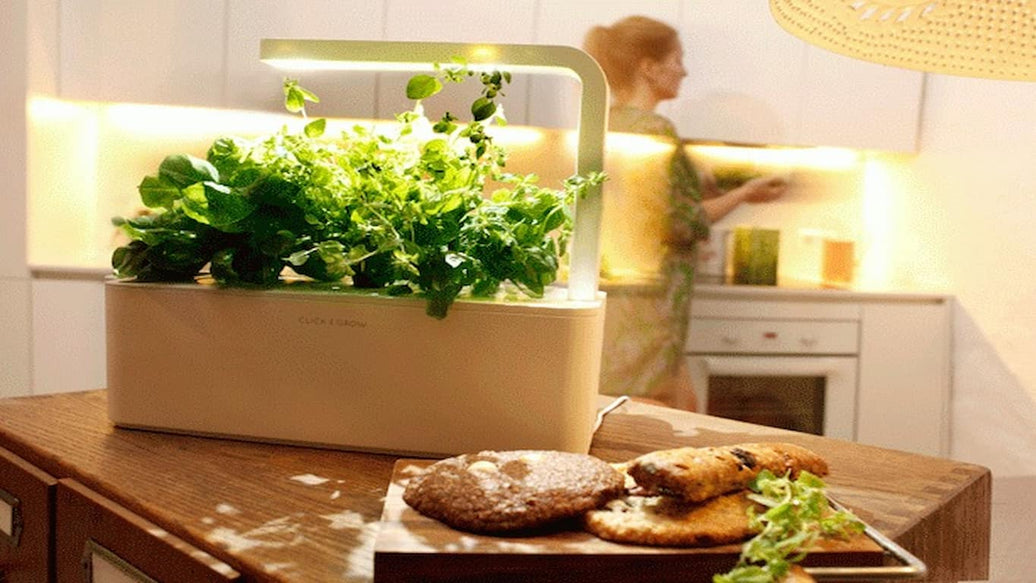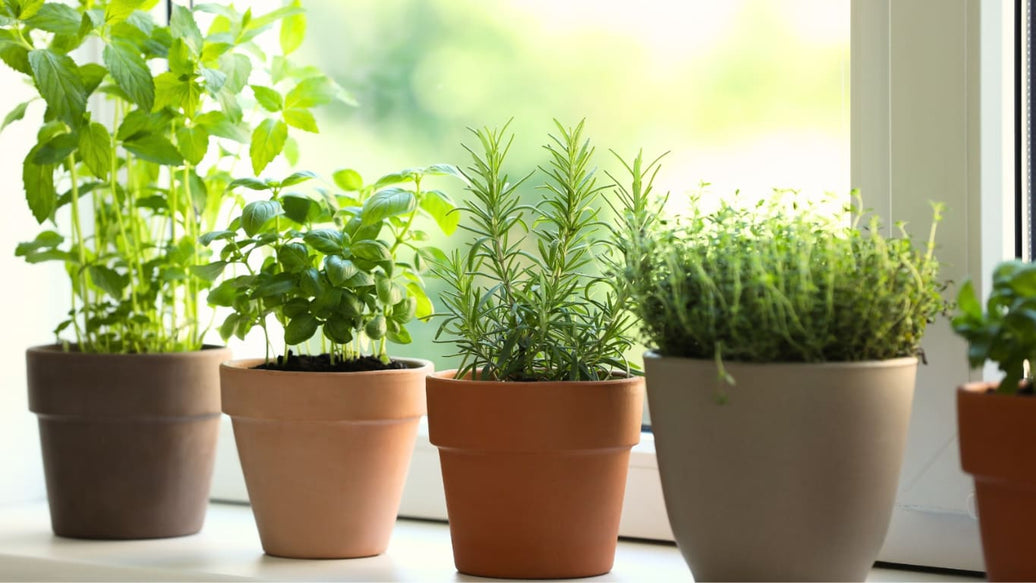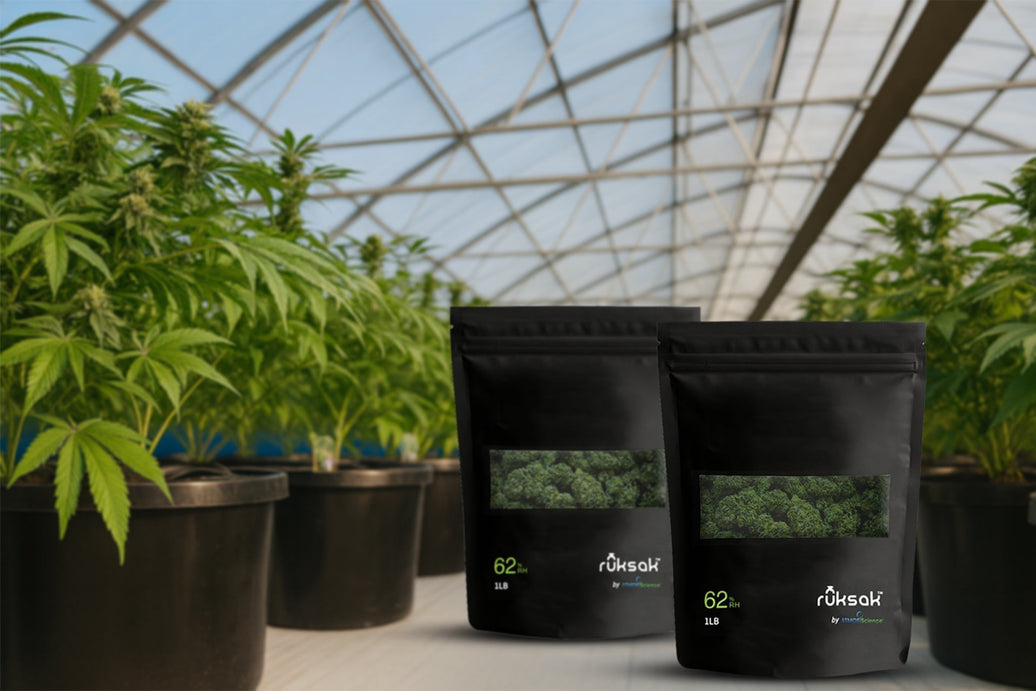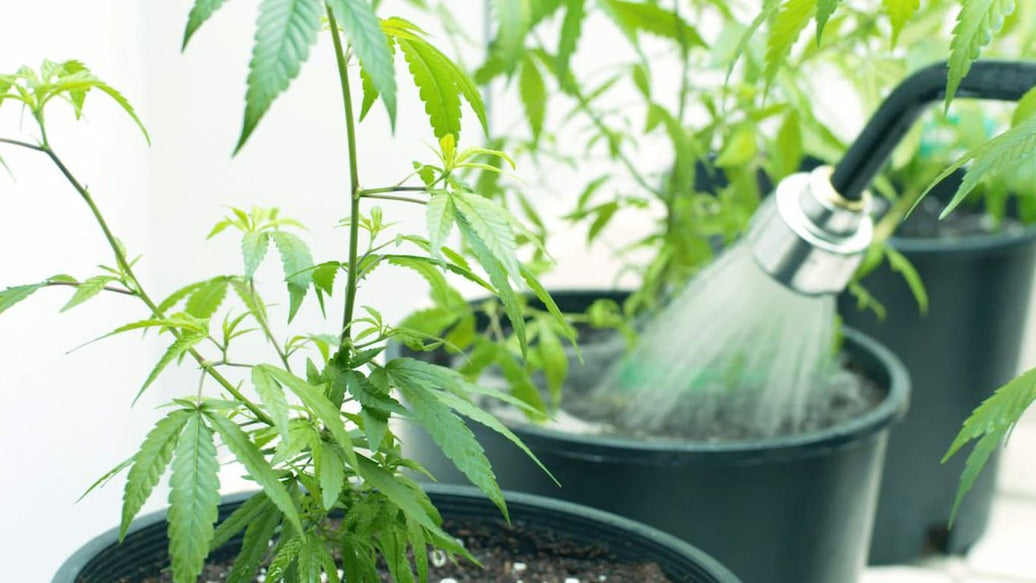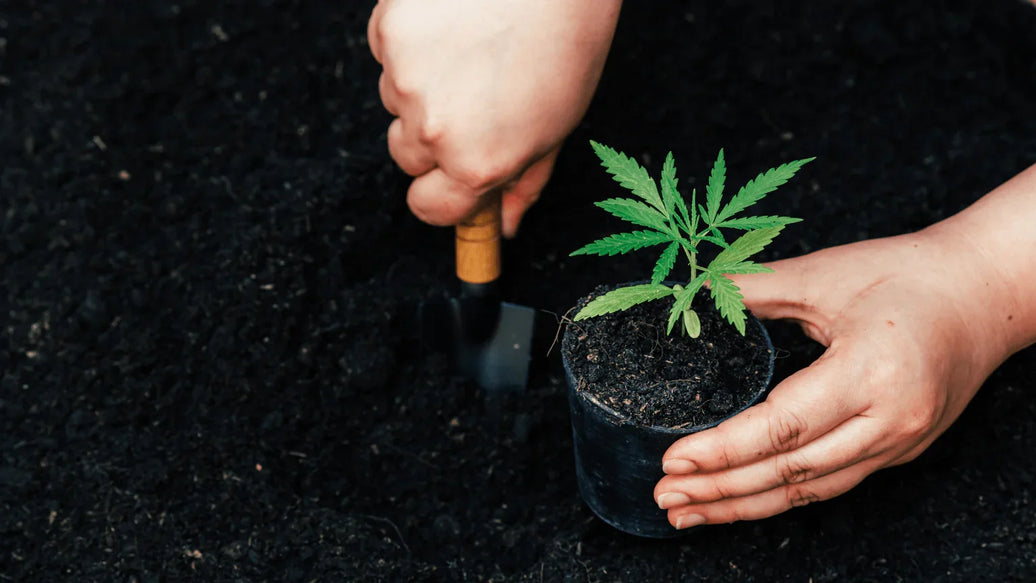A smart indoor garden is a technological solution that enables the cultivation of plants such as herbs and vegetables within indoor spaces through precise control of environmental factors. With growing urban populations and decreasing outdoor gardening opportunities, alongside the challenges posed by climate change, such systems present an efficient, sustainable alternative to traditional gardening. These indoor smart herb garden setups make it possible to grow pesticide-free, fresh herbs year-round, even in small spaces like apartments and offices. Understanding the underlying science demonstrates their role in fostering sustainable urban food production and improving food availability.

Science Behind Smart Indoor Herb Gardens
The operation of smart indoor gardens is based on controlled environment agriculture, where factors like light, temperature, humidity, and nutrient supply are optimized to create ideal growing conditions. Since photosynthesis depends on light quality and intensity, these systems use LED grow lights engineered to emit light spectrums similar to sunlight, enhancing plant growth.
Hydroponic and aeroponic techniques, commonly employed in these systems, allow plants to grow without soil - using nutrient-rich water or mist instead. This approach drastically cuts water consumption and enables direct and effective nutrient delivery to the roots. Efficient recycling further minimizes resource consumption.
Sensors monitor all relevant environmental conditions - moisture, temperature, humidity, and lighting - and automatically adjust parameters as needed to maintain optimal growth conditions with minimal manual input.
Comparing Outdoor Farming and Indoor Smart Gardening
When comparing traditional outdoor agriculture to smart indoor gardens, the advantages of indoor systems are clear. Studies show that indoor smart herb gardens can reduce water use by up to 90%, addressing critical sustainability concerns. Their compact and vertical designs require much less land area, ideal for urban settings.
Pest challenges and climate variability in outdoor farming often necessitate pesticides, which carry environmental and health risks. Conversely, indoor smart gardens’ enclosed environments limit pest exposure, reducing or eliminating pesticide need and producing safer crops.

Additionally, these gardens allow for continuous, all-season cultivation, independent of weather fluctuations, resulting in faster growth cycles and steady yields. Producing food close to home indoors also cuts down greenhouse gas emissions related to transport and packaging.
A comparative overview covering water and land use, pesticide application, yield, and carbon footprint illustrates the sustainability benefits of indoor smart herb gardens.
Advantages of Using Indoor Smart Herb Gardens
Implementing smart indoor gardens provides various benefits beyond increased access to fresh produce. They consistently supply organic, nutritious herbs that enhance diet quality. Indoor plants also improve air quality by filtering toxins and promote psychological well-being by reducing stress.
By enabling at-home food production, especially in areas with limited access to fresh food or adverse growing conditions, indoor smart herb gardens improve urban food security and reduce reliance on global supply chains.

The Technology Driving Smart Indoor Gardens
Smart indoor gardens rely heavily on technology. Utilizing the Internet of Things (IoT), users remotely monitor and manage growth conditions from devices such as smartphones and computers. Sensors provide continuous readings of moisture, light, temperature, and humidity to automatically adjust settings and maintain optimal conditions.
Automation simplifies plant care, making it accessible to those new to gardening or with limited time, while reducing plant stress and improving outcomes. Artificial intelligence and machine learning tools analyze data patterns to enable smarter care strategies.
Commonly, microcontrollers like Arduino paired with Wi-Fi modules such as ESP8266 make up the backbone of many commercial and DIY indoor smart herb garden setups.
Leading Smart Indoor Herb Garden Products and Choosing Tips
Several leading brands dominate the smart indoor herb garden market. Click & Grow and Aerogarden provide user-friendly kits featuring proprietary seed pods and automated nutrient systems appropriate for beginners and advanced gardeners alike.
When selecting a kit, consider the upfront costs relative to long-term savings on groceries and health benefits. Factors such as available indoor space, natural lighting, plant types supported, and automation features should guide choices.

Practical Advice for Starting Your Indoor Smart Herb Garden
To start a smart indoor garden, choose an indoor location protected from drafts and direct heat sources. Select herbs that suit your system’s lighting and size capacities. Follow setup instructions carefully to correctly install water reservoirs and seed pods.
Common issues include lighting management, watering balance, and nutrient supply. Regular monitoring and adjustments help maintain plant vitality. Routine care involves cleaning, pruning, and periodically renewing seed pods.
Future Outlook and Research in Smart Indoor Gardening
Future developments in plant science and smart growing technologies are expected to enhance indoor smart herb gardens, allowing plants to be custom bred for indoor environments.
Advancements in IoT connectivity and data analytics will facilitate highly precise monitoring and predictive maintenance. Increasing interest in vertical farming and scaling indoor cultivation could transform urban food systems.
Government policies are increasingly supporting smart, sustainable agriculture. Ongoing research continues to probe the environmental, economic, and technological dimensions of indoor smart herb gardening.

Conclusion
Smart indoor gardens represent a novel approach to urban agriculture by combining scientific expertise and technology to nurture herbs and vegetables indoors with high efficiency. Controlled environments paired with IoT-based automation offer fresh, nutritious harvests year-round while lessening ecological impact. Adopting indoor smart herb gardens supports personal well-being, urban food security, and global sustainability goals.
For more resources, in-depth guides, and curated products, visit atmosiscience.com to begin your smart indoor gardening experience.


